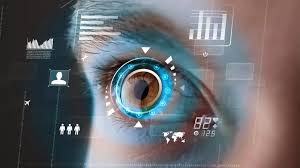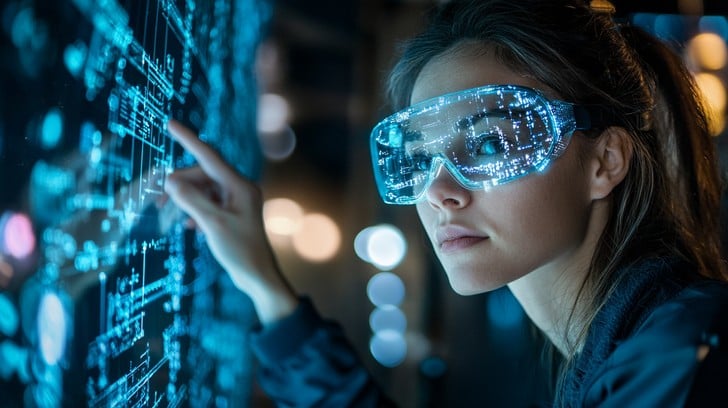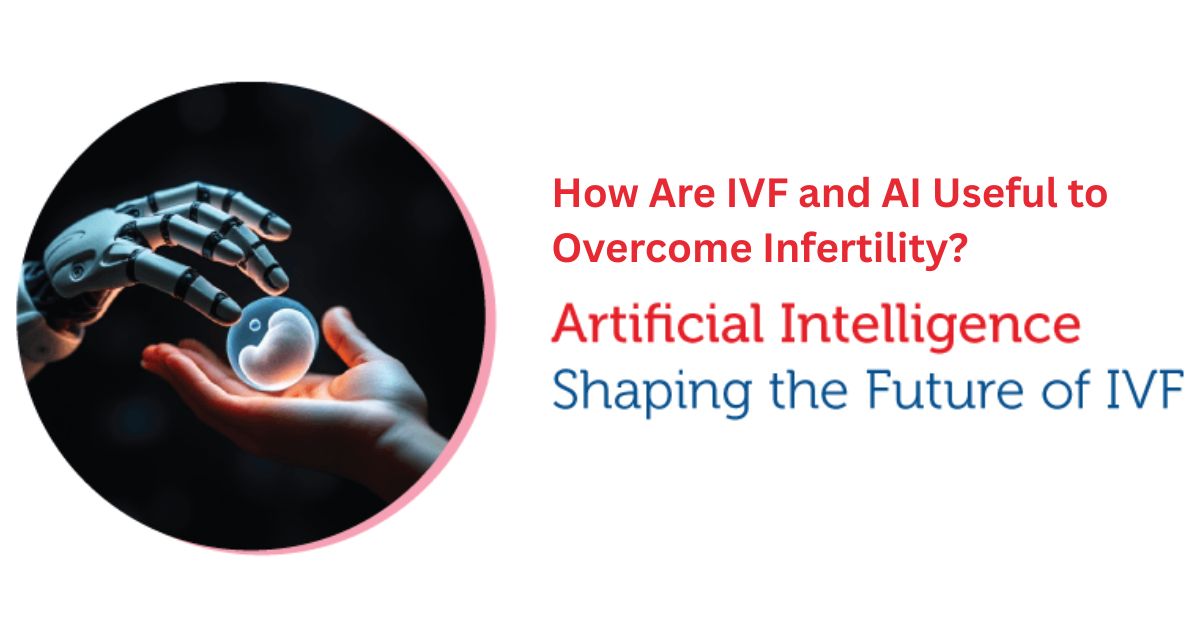In the ever-evolving landscape of artificial intelligence (AI), the development of domain-specific AI assistants represents a significant leap forward in how we interact with technology.
ArtSmart, developed by Anthropic, PBC, is an innovative AI assistant designed to bridge the gap between art history and digital accessibility. This AI assistant is not just another tool in the growing arsenal of AI technologies; it is a specialized assistant aimed at making art history knowledge and recommendations more accessible to the public.
In this comprehensive blog, we will explore ArtSmart's capabilities, limitations, and the broader implications of its use, while highlighting its role in promoting safe, transparent, and effective AI use.
Overview of ArtSmart

ArtSmart is a state-of-the-art AI assistant focused on delivering factual and insightful information about art history. Built by Anthropic, PBC, ArtSmart serves as a resourceful guide for those interested in exploring the vast world of art.
Whether users are curious about the works of Renaissance masters, the intricacies of Impressionism, or contemporary art movements, ArtSmart offers a wealth of information that is both accurate and accessible.
-
Knowledge Base: ArtSmart has been trained on a comprehensive dataset, drawing from reputable sources like Wikipedia. This extensive training allows it to provide accurate responses to a wide range of questions related to artists, artistic styles, periods, and specific works of art.
-
Interactive Features: Users can engage with ArtSmart through open-ended questions. This feature allows users to receive overviews on various art topics, making the learning process dynamic and user-centric. For instance, a user might ask, "What is the significance of the Mona Lisa in art history?" and receive a succinct yet informative response.
-
Recommendation System: ArtSmart's recommendation feature is particularly noteworthy. By analyzing user queries and preferences, it suggests artworks, artists, or art periods that might interest the user. This personalized approach not only enhances the user experience but also encourages further exploration of the art world.
-
Transparency and Honesty: One of ArtSmart's core principles is transparency. It communicates its limitations, particularly its lack of subjective experiences or personal opinions. This honesty about its capabilities aligns with Anthropic's commitment to creating AI that is both helpful and harmless.
The Development and Design Philosophy Behind ArtSmart
ArtSmart is the product of Anthropic's rigorous and thoughtful approach to AI development. The design philosophy behind ArtSmart emphasizes safety, transparency, and utility, setting it apart from other AI systems that might prioritize functionality over ethical considerations.
-
Constitutional AI Framework: Anthropic's approach to AI, known as Constitutional AI, is centered around creating systems that are safe, ethical, and aligned with human values. ArtSmart is a prime example of this philosophy in action. The assistant is designed to provide accurate information without engaging in speculative or unfounded statements, ensuring that users receive reliable and fact-based responses.
-
Ethical Considerations: In developing ArtSmart, Anthropic prioritized the need for AI systems to be harmless. This includes avoiding the dissemination of misinformation and ensuring that the AI does not engage in any form of biased or harmful content. By focusing on factual accuracy and transparency, ArtSmart embodies the ethical considerations that are increasingly important in AI development.
-
User-Centric Design: ArtSmart's design also reflects a deep understanding of user needs. The AI is tailored to serve as a guide through the complex world of art history, offering information that is not only accurate but also presented in a way that is easy for users to understand and engage with. This user-centric approach makes ArtSmart a valuable tool for both casual art enthusiasts and those seeking deeper knowledge.
Key Features and Functionalities of ArtSmart

ArtSmart is packed with features that make it a versatile tool for exploring art history. These features are designed to enhance the user experience and provide a comprehensive resource for learning about art.
-
Factual Responses: ArtSmart excels at providing factual information. Whether a user is inquiring about the biography of a famous artist or the characteristics of a particular art movement, ArtSmart delivers concise and accurate responses. This focus on verifiable facts ensures that users can trust the information they receive.
-
Art History Overviews: When asked open-ended questions, ArtSmart can generate brief overviews that summarize key aspects of a topic. For example, a question about the Impressionist movement might result in an overview that highlights its origins, key figures, and defining characteristics.
-
Personalized Recommendations: Based on user interactions, ArtSmart can suggest artworks or artists that align with the user's interests. This recommendation system is a powerful tool for discovery, encouraging users to explore new areas of art that they might not have previously considered.
-
Limitations Awareness: ArtSmart is upfront about its limitations. It does not attempt to provide subjective opinions or insights beyond its programming. This transparency helps manage user expectations and fosters trust in the AI's capabilities.
Benefits and Use Cases of ArtSmart
The potential applications of ArtSmart are vast, making it a valuable tool for a wide range of users. Whether you're a student, educator, or casual art lover, ArtSmart offers numerous benefits.
-
Educational Tool: ArtSmart can serve as an educational resource for students and teachers. Its ability to provide quick, accurate information makes it an excellent supplement to traditional art history curricula. Educators can use ArtSmart to introduce students to new artists or art movements, while students can use it as a reliable research tool.
-
Art Enthusiasts: For those with a casual interest in art, ArtSmart offers an accessible way to deepen their knowledge. The AI's recommendation system can guide users to new discoveries, making the exploration of art history both enjoyable and informative.
-
Research Support: Researchers and historians can also benefit from ArtSmart's capabilities. While it may not replace the depth of knowledge provided by a human expert, ArtSmart can serve as a quick reference tool, helping to verify facts or provide context on specific topics.
-
Cultural Engagement: Museums, galleries, and cultural institutions can integrate ArtSmart into their educational programs or visitor experiences. By offering users an AI-powered guide to art history, these institutions can enhance public engagement and make art more accessible to a broader audience.
Limitations and Considerations
While ArtSmart offers numerous advantages, it is important to recognize its limitations and consider them when using the tool.
-
Depth of Knowledge: Although ArtSmart is trained on a vast dataset, its knowledge is not as comprehensive or nuanced as that of a human art historian. Users seeking in-depth analysis or complex interpretations may find ArtSmart's responses lacking in detail.
-
Lack of Subjective Insight: ArtSmart's commitment to factual accuracy means it avoids subjective insights or opinions. This limitation is important to keep in mind, particularly for users looking for interpretative or critical perspectives on art.
-
Dependence on Training Data: As with any AI, ArtSmart's capabilities are dependent on the quality and scope of its training data. While it draws from reputable sources, there may be gaps in its knowledge, particularly concerning less documented artists or movements.
-
Ethical Considerations: While ArtSmart adheres to a strict ethical framework, users should remain aware of the broader ethical implications of relying on AI for cultural knowledge. This includes considering the potential biases in the training data and the importance of human expertise in art interpretation.
The Future of ArtSmart and AI in the Arts

The development of ArtSmart represents a significant step forward in the integration of AI into the arts. As AI technology continues to advance, the potential applications of tools like ArtSmart will likely expand, offering new opportunities for education, engagement, and exploration in the art world.
-
Enhancing AI Capabilities: Future iterations of ArtSmart could see enhancements in its capabilities, including deeper knowledge bases, improved natural language processing, and more sophisticated recommendation algorithms. These improvements could make ArtSmart an even more valuable tool for users at all levels of expertise.
-
AI and Art Education: As AI becomes more integrated into educational settings, tools like ArtSmart could play a key role in shaping how art history is taught and learned. By providing accessible and interactive learning experiences, AI has the potential to democratize art education and make it more inclusive.
-
Cultural Preservation: AI tools like ArtSmart could also contribute to the preservation and promotion of cultural heritage. By making information about art history more accessible, AI can help ensure that knowledge of diverse artistic traditions is preserved for future generations.
-
Ethical AI Development: The development of ArtSmart underscores the importance of ethical considerations in AI development. As AI continues to play a larger role in society, developers must prioritize safety, transparency, and respect for human values in their work.
Final Thoughts
ArtSmart is a groundbreaking AI assistant that brings the world of art history to users' fingertips. Developed with a focus on safety, transparency, and factual accuracy, it represents a significant advancement in how we engage with art through technology.
While it is not without its limitations, ArtSmart offers a valuable resource for students, educators, art enthusiasts, and researchers alike. As AI technology continues to evolve, ArtSmart is poised to play an increasingly important role in the art world, helping to democratize access to art knowledge and fostering a deeper appreciation for the rich history of human creativity.








.jpg)






